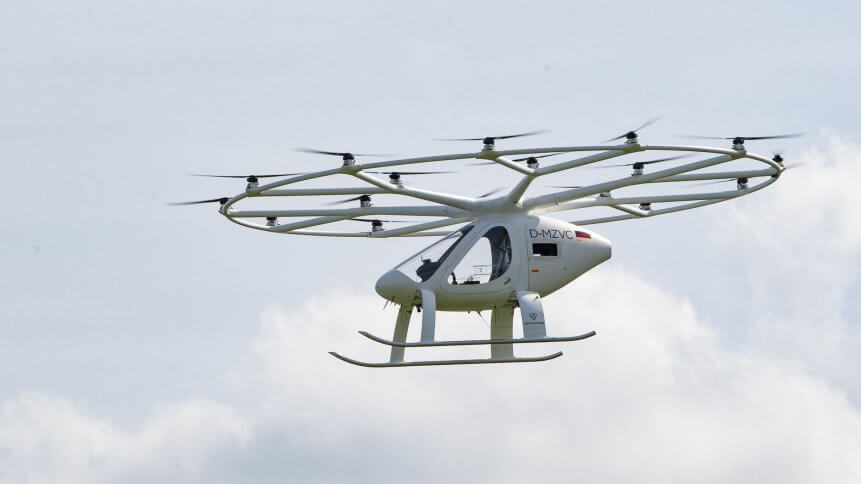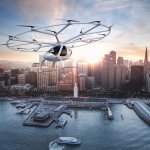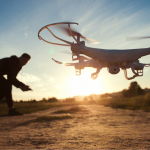Flying taxis may be cleared for takeoff in European skies by 2024

- The region’s top air safety regulator said electric flying taxis may be cleared for takeoff in three to four years
- More than half a dozen European firms have announced developments of UAM vehicles for passenger use or for unmanned cargo sorties
- German startup Volocopter and backers of other projects like Aeroports de Paris, hope to demonstrate the technology in time for the 2024 Paris Olympics
Europe could see the first flying taxis enter service as early as 2024, according to the European Union Aviation Safety Agency (EASA). That would lead to a 4.2-billion-euro Urban Air Mobility (UAM) market in Europe by 2030, creating 90,000 jobs. In fact, some 31% of the global market for the new technology would be based there.
EASA is the region’s top aviation regulator, and it’s executive director Patrick Ky believes that commercial use of (air) taxis can start to take place in 2024 or 2025, given how over half a dozen European firms have announced developments of UAM vehicles for passenger use or for unmanned cargo sorties such as delivering medical supplies.
EASA has already started the process of certifying some of the designs and expects first approvals for the lightweight machines by around 2024, according to reports. Additionally, a piloted craft that takes off vertically could see commercial use carrying packages before passengers, Ky said. Autonomous drones on the other hand will take at least five more years, he said, with larger aircraft following.
What’s the progress so far?
EASA has only just started to work with companies on how to address the regulatory hurdles of unmanned flight, the regulator said. The agency is working on a coordinated approach with the US Federal Aviation Administration and other international regulators. With autonomous passenger transport, it’s easiest to start with air taxi vehicles “because we’re looking at smaller scale aircraft,” Ky said. With companies, “we’ve not gone too far because it requires a lot of thinking on how you want to deal with the autonomy concepts.”
In a survey on urban air mobility, which polled 4,000 citizens in six European cities, EASA found that 83% of respondents had a positive initial attitude, with uses like emergency and medical transport getting strong support. Ky also added that craft that flies in crowded cities is likely to require higher safety standards, and regulators will have to contend with nuisance concerns like noise and visual clutter.
Besides safety and noise being the chief concern for both drones and taxis (but particularly in the case of passenger vehicles) a majority of people polled by EASA also expressed concerns about the impact on birds or insects, while cybersecurity was high on the list of potential worries, especially for drones.
How quickly such vehicles enter service will also depend on operational approvals, examining whether they are flying over urban centers or potential hazards such as railways, Ky said. German startup Volocopter and backers of other projects such as Aeroports de Paris hope to demonstrate the technology in time for the Paris Olympics in 2024.
Volocopter unveils longer-range eVTOL air taxi VoloConnecthttps://t.co/ySzIQapP2Jpic.twitter.com/3M7KWzcmeH
via @eVTOLmag#voloconnect #UAM #aviation #aircraft #drone #AirTaxi @SpirosMargaris @mvollmer1 @PawlowskiMario @ShiCooks @Nicochan33 @Hana_ElSayyed @FrRonconi @jblefevre60— Jeroen Bartelse (@JeroenBartelse) May 17, 2021
Volocopter has just recently shown off a concept commuter drone taxi that can carry four passengers from “suburbs to cities” at cruising speeds of up to 111mph. Late last year, the company decided to open up reservations for its first commercial flights. Passengers were offered 15 minutes ride for £259 (€300), with a 10% deposit up-front. The flights currently run in Singapore with Volocopter pledging to start running a commercial service within the next three years. In March it was reported that business travelers could soon be flying between European cities in an all-electric airliner.










